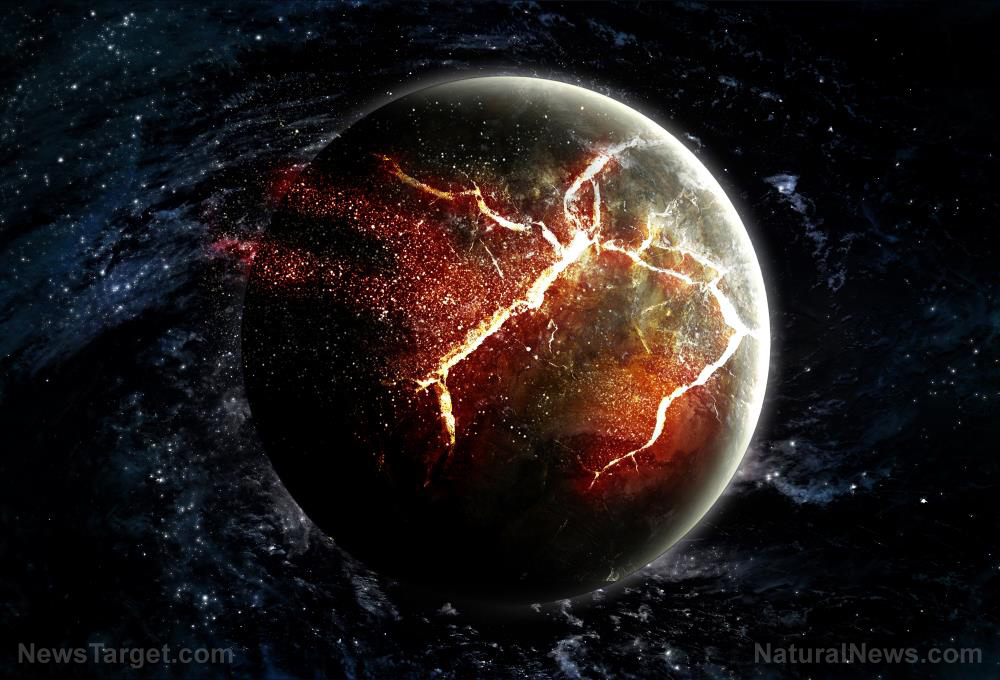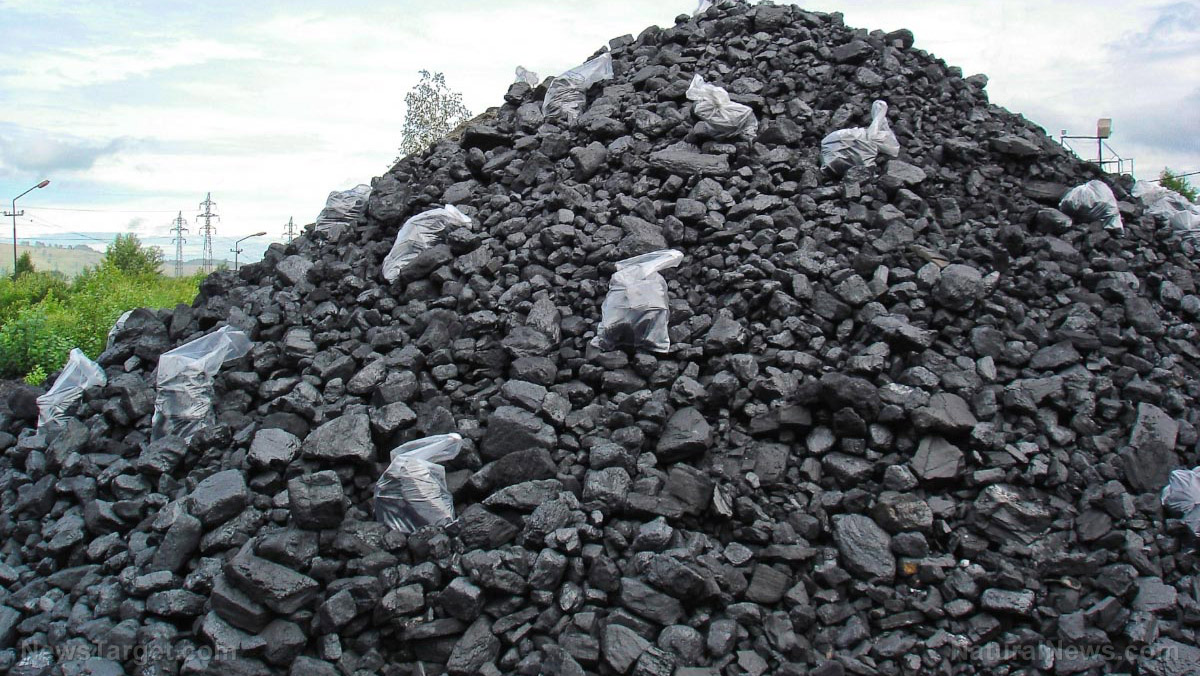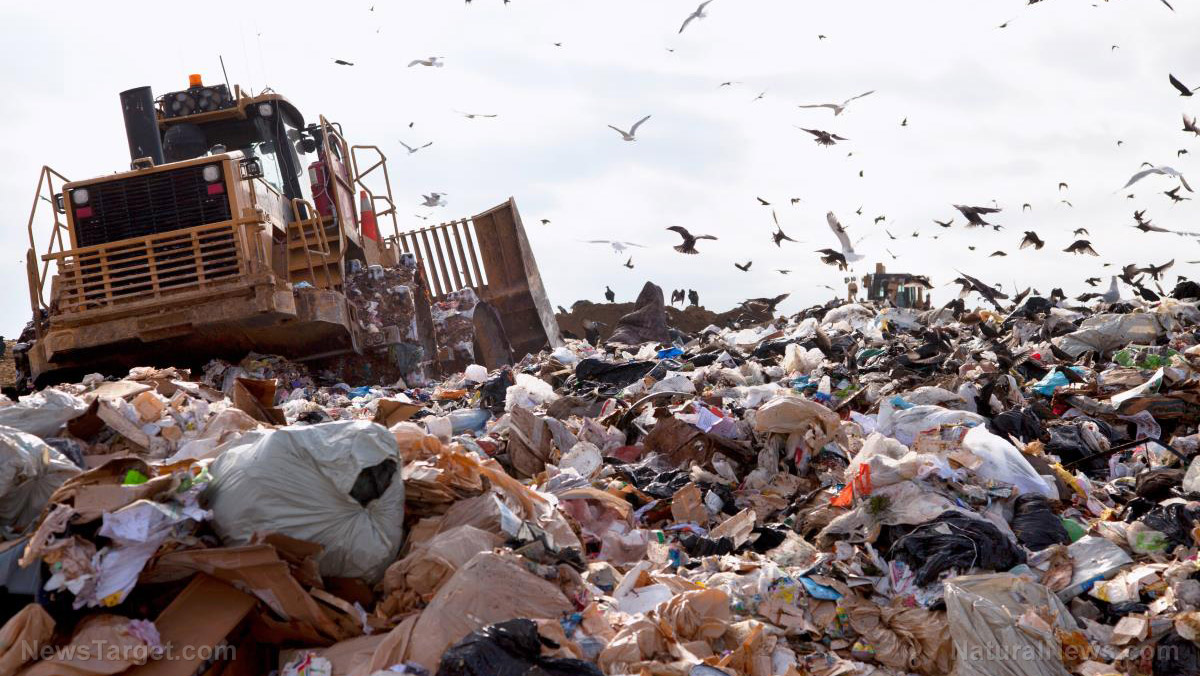 Parler
Parler Gab
Gab
How much longer before the Southwest runs dry?
Keep in mind that Lake Mead, like many other western water reservoirs, starts off wide at the top and gets narrower the deeper you go. This means that as water levels drop, so does the surface area of the lake. Over time, the level of the lake drops exponentially more quickly, which some say is what we are now seeing as water levels plummet increasingly faster, unearthing submerged boats and other debris that since sinking have never seen dry land or the light of day until now. Tanya Trujillo, the Interior Department's assistant secretary for water and science, issued a stark warning the other day saying "we have an urgent need to act now." If nothing happens and the lake hits dead pool levels, then it is game over for tens of millions of people living in the Southwestern United States. At full capacity, the Hoover Dam's 17 turbines can produce 2,074 megawatts of power. As water levels have dropped over the years, that capacity has been dwindling, and is currently down about 33 percent. According to reports, the dam is currently producing enough electricity to power 675,000 homes. This is down from about one million homes at peak production levels. "When you have less water in the reservoir, you have less hydraulic force – water falling through the penstocks," says Doug Hendrix, Deputy Public Affairs Officer with the Bureau of Reclamation's Lower Colorado Regional Office. "There's less hydraulic force spinning the turbines." Hendrix says he has been watching Lake Mead's water level drop every year for 22 years since he first joined the Bureau of Reclamation. "The drought we're in ... we're in the 23rd year of a record drought," he is quoted as saying. Roughly 50 percent of the power produced by the Hoover Dam goes to California, while 22 percent goes to Nevada and 20 percent goes to Arizona. Various Native American tribes also partake in the energy generated by its turbines. "Vegas growth has been crazy for decades," wrote someone at Zero Hedge about how explosive growth in the Southwest is adding more demand to an already worrisome situation. "Same with Arizona. Too many people taking a finite amount of water." "This is the result of weather weapons or geo-engineering," suggested another. More news coverage on this subject can be found at WaterWars.news. Sources for this article include: ZeroHedge.com NaturalNews.com 8newsnow.comIRONY: “Green” solar energy creating massive landfill waste problem in California
By Ethan Huff // Share
New York City receives record-breaking amount of foul odor complaints due to marijuana smoke
By Arsenio Toledo // Share
Governments continue to obscure COVID-19 vaccine data amid rising concerns over excess deaths
By patricklewis // Share
Tech giant Microsoft backs EXTINCTION with its support of carbon capture programs
By ramontomeydw // Share
Germany to resume arms exports to Israel despite repeated ceasefire violations
By isabelle // Share










